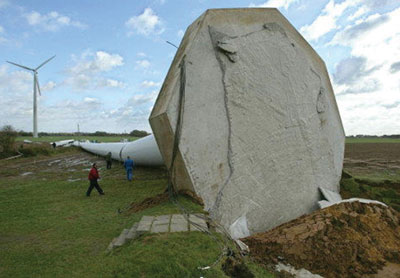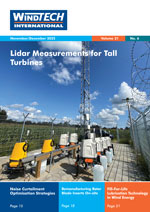Advanced Modelling Makes This Possible Without Compromising Safety
 Unlike wind turbine towers and rotors, which are fabricated under controlled conditions, in general foundations must be tailor-made. This is because soil conditions (hard or soft) and available space dictate the solutions for the foundation. However, the perception is that optimisation of foundation designs leads to higher risk. Maybe due to this the average foundation designer takes a simple, conservative and conventional design approach. But a client should look at things in a different way. Saving money is one thing, saving materials and reducing CO2 emissions is another. A client should aim to have an optimised design. The skills and experience are available and have shown that substantial design optimisations are possible, without increasing risks.
Unlike wind turbine towers and rotors, which are fabricated under controlled conditions, in general foundations must be tailor-made. This is because soil conditions (hard or soft) and available space dictate the solutions for the foundation. However, the perception is that optimisation of foundation designs leads to higher risk. Maybe due to this the average foundation designer takes a simple, conservative and conventional design approach. But a client should look at things in a different way. Saving money is one thing, saving materials and reducing CO2 emissions is another. A client should aim to have an optimised design. The skills and experience are available and have shown that substantial design optimisations are possible, without increasing risks.
By Axel Jacobs, Civil Consultant Wind Energy, ABT, The Netherlands










